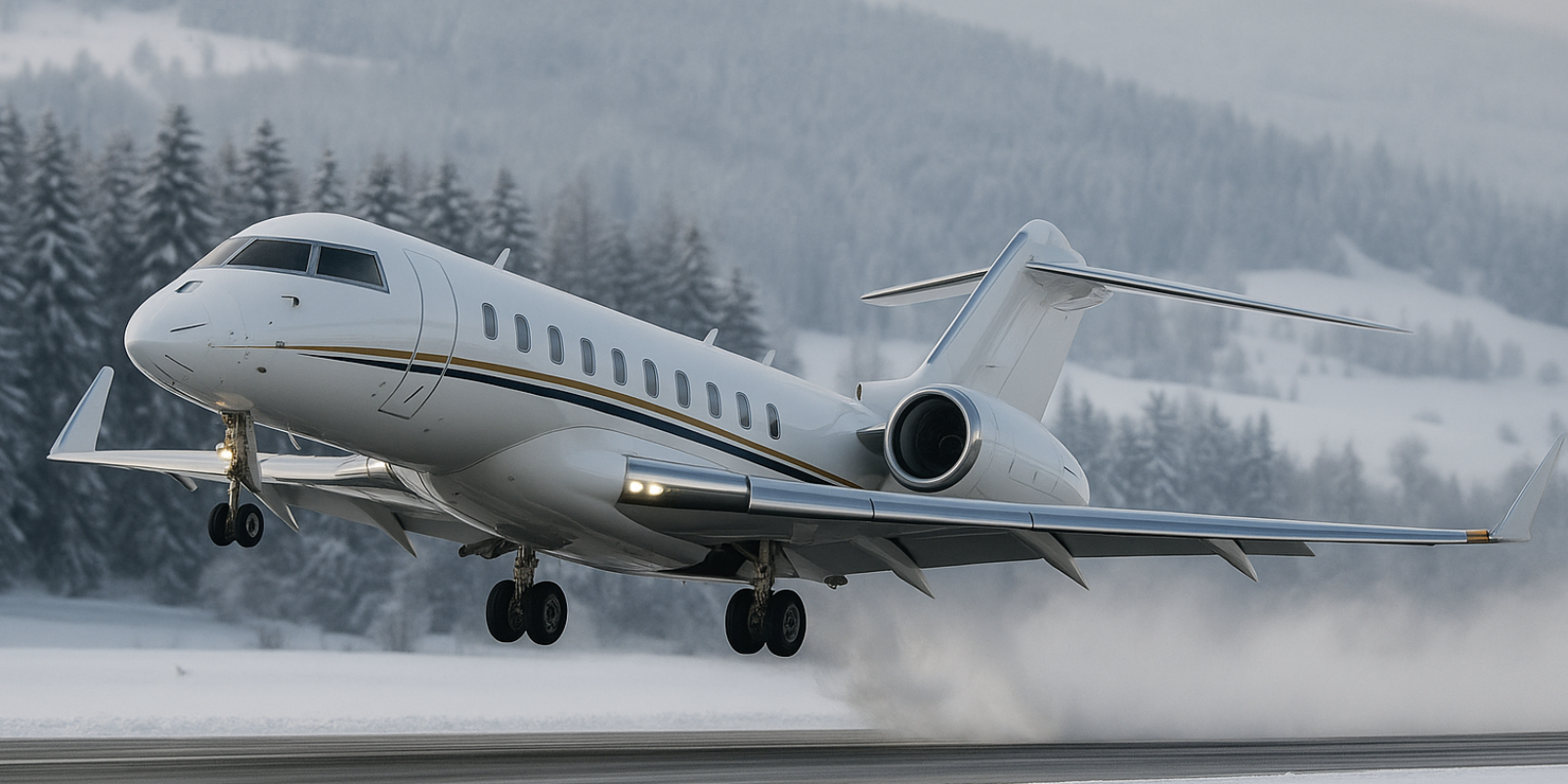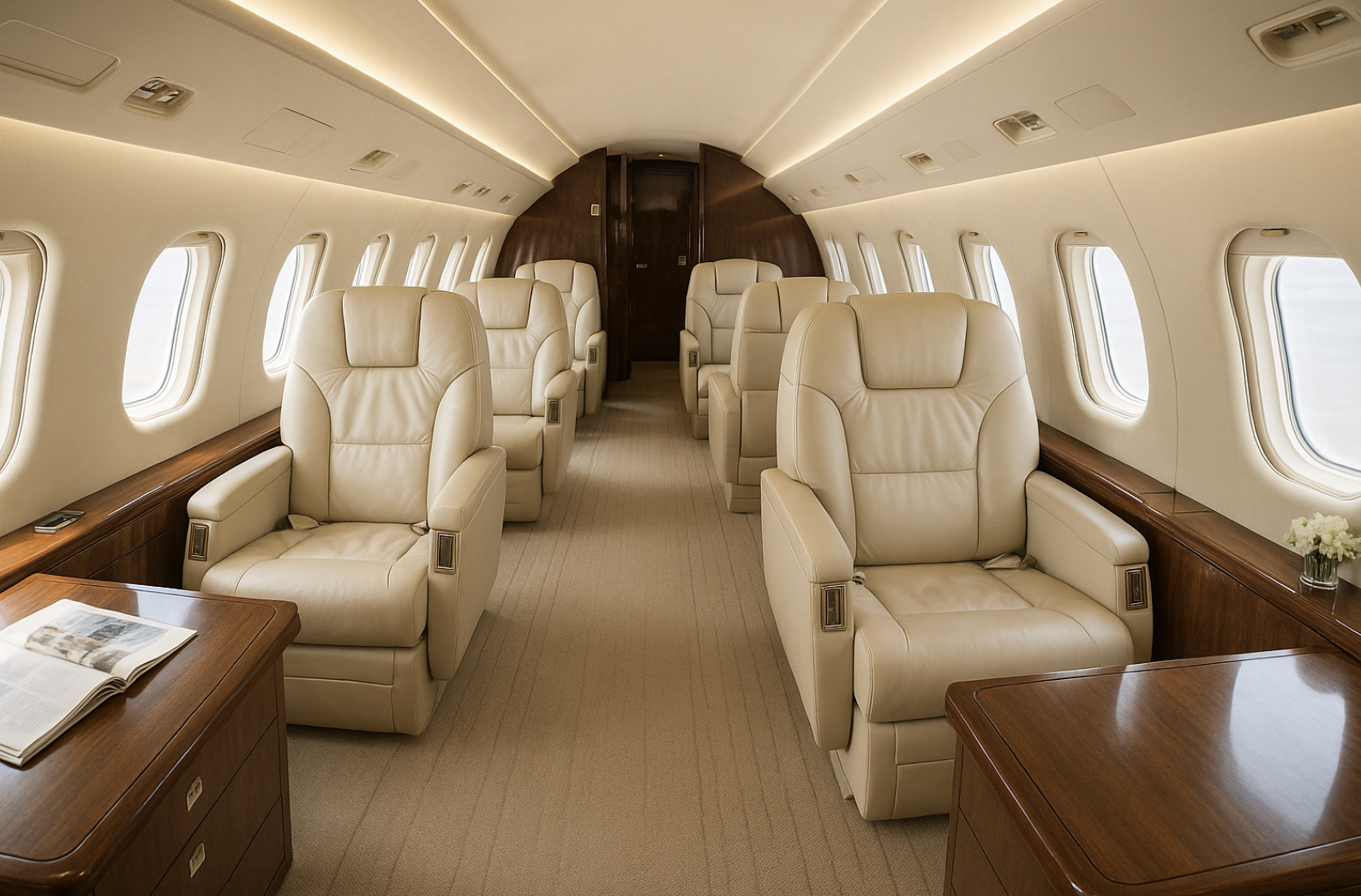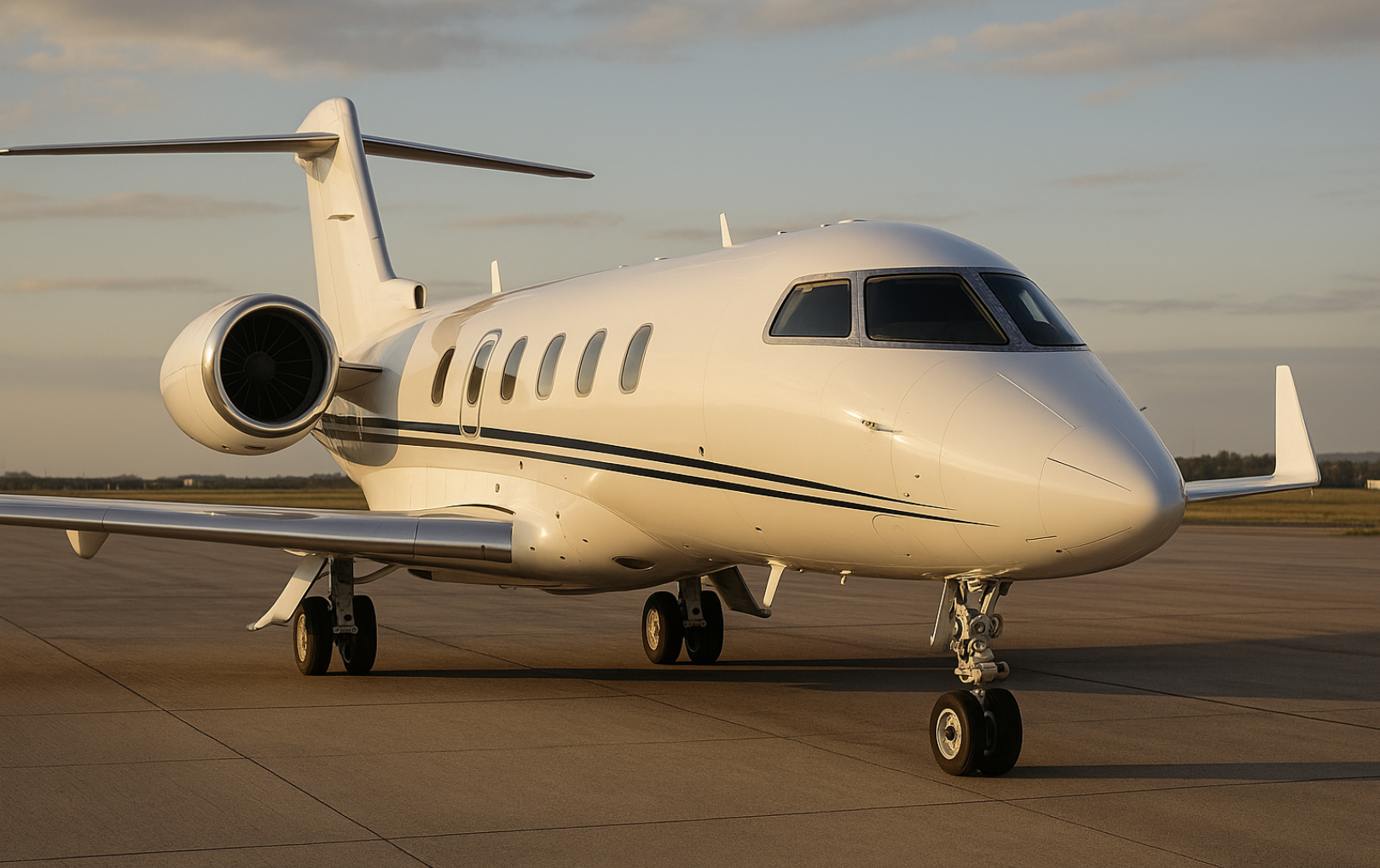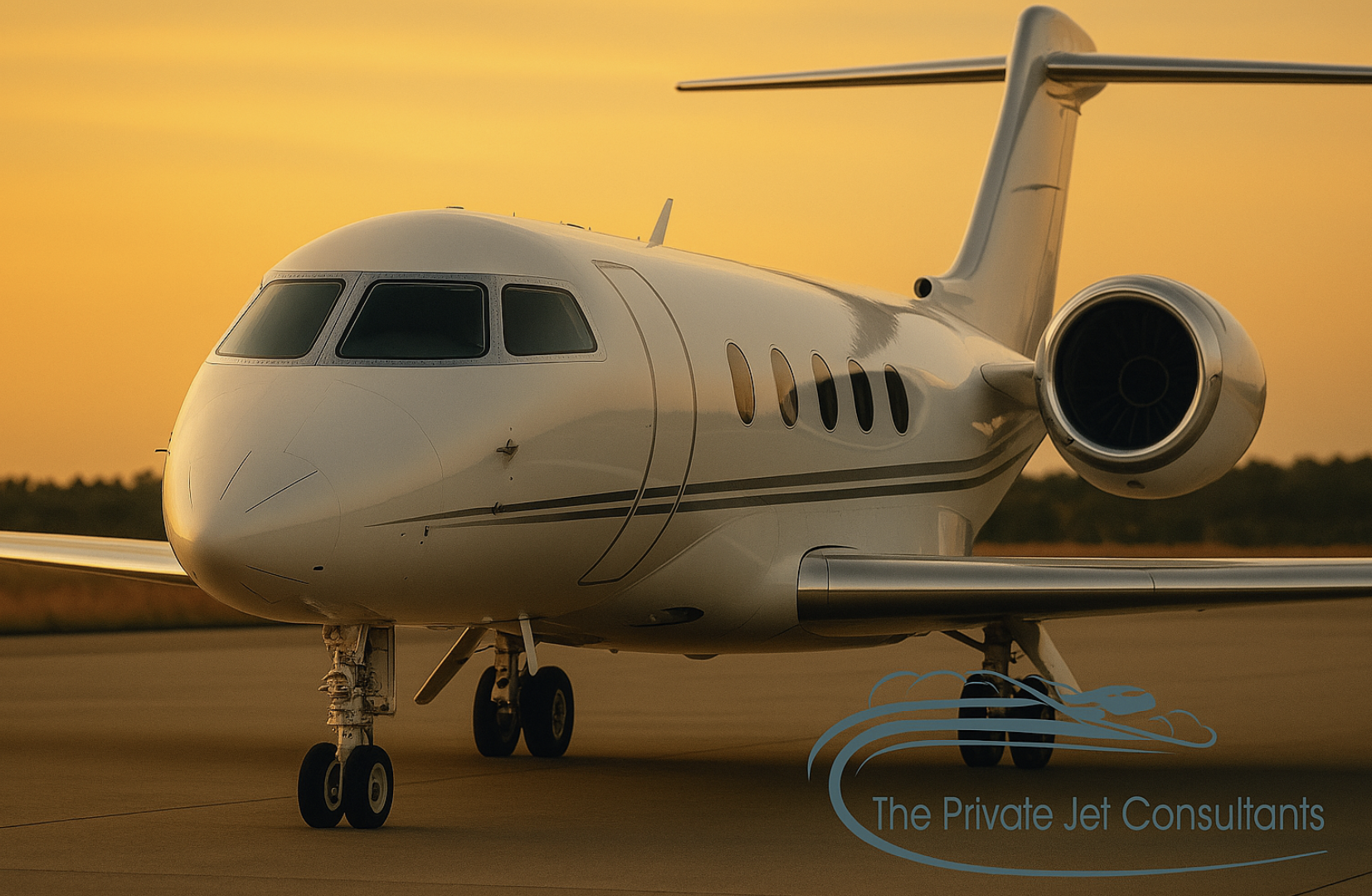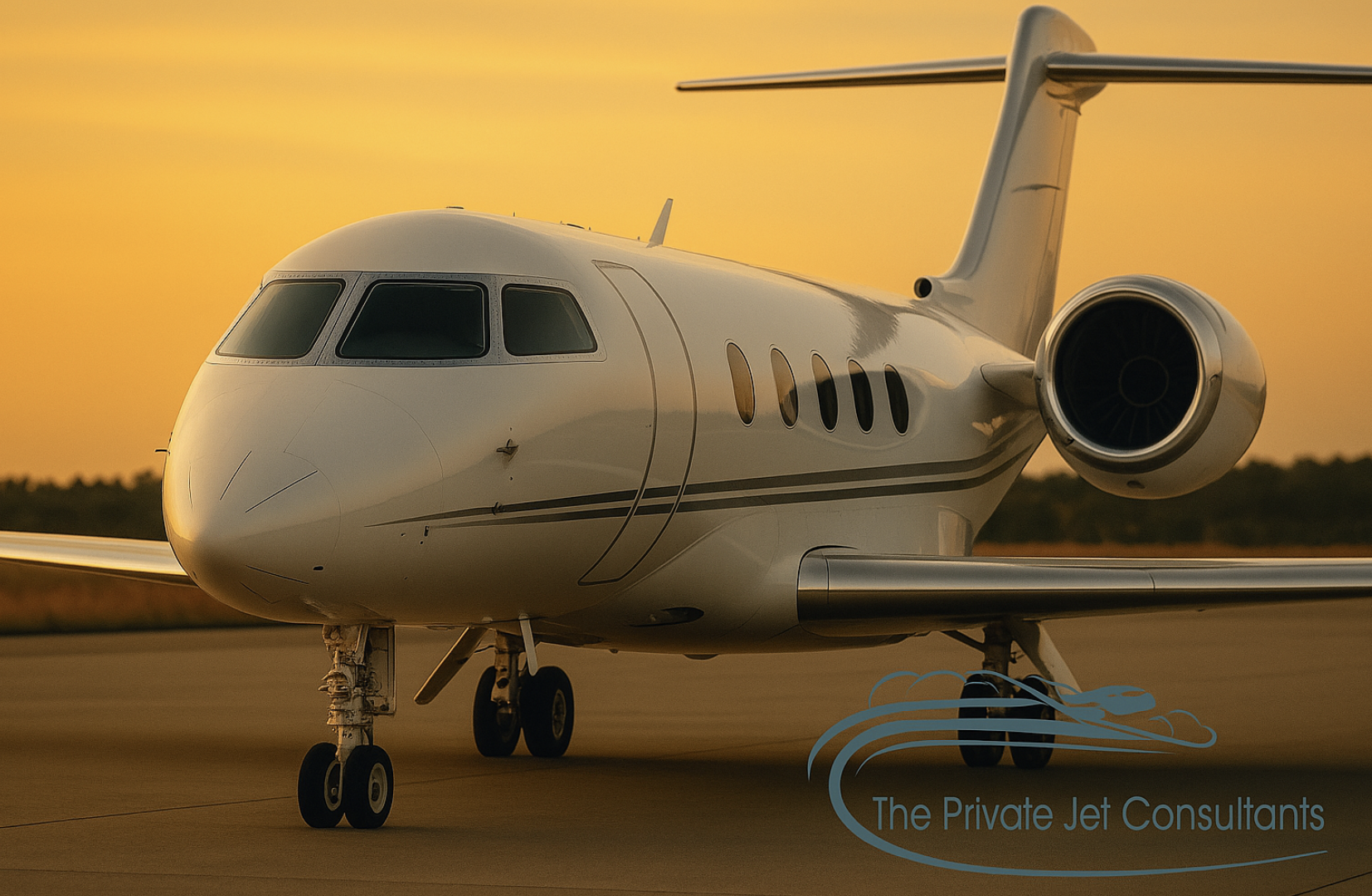Are All Private Jets Able to Be Tracked?
In an era where digital transparency is the norm, the ability to track aircraft movements has become increasingly accessible to the public. This raises an important question for private jet owners, charter clients, and aviation enthusiasts alike: Are all private jets trackable? The answer is nuanced, as it depends on the aircraft's transponder settings, registration status, and steps taken by the owner or operator to limit visibility.
What Private Jets Are Trackable?
Most private jets can be tracked under standard conditions. Aircraft equipped with ADS-B (Automatic Dependent Surveillance-Broadcast) transponders automatically transmit their location, speed, altitude, and other flight data, which can be received by air traffic control and various tracking services. Since ADS-B Out is now mandatory for aircraft flying in most controlled airspace, a significant portion of private jets are visible on tracking platforms.
Business jets operating under standard flight plans and IFR (Instrument Flight Rules) in controlled airspace are also subject to tracking, as ATC radar and flight plan filings make their movements available through certain data-sharing agreements.
Publicly Available Flight Tracking Services
Several platforms provide public access to aircraft positioning, both on the ground and in the air:
- FlightAware – A popular service offering real-time tracking for flights worldwide.
- Flightradar24 – Uses a network of ADS-B receivers to provide global aircraft tracking.
- ADS-B Exchange – A non-governmental, crowdsourced platform known for not filtering private aircraft data.
- RadarBox – Another real-time aircraft tracking tool that provides both free and subscription-based access.
These services aggregate data from ADS-B signals, FAA data feeds, and satellite tracking to provide a comprehensive view of aircraft movements.
Can a Private Jet Avoid Public Tracking?
Yes, there are ways to limit or prevent a private jet from being publicly tracked:
- FAA Limitation Programs – The FAA offers programs like the Limiting Aircraft Data Displayed (LADD) program, which allows private aircraft owners to restrict their flight data from public distribution.
- Piaware & Private ADS-B Networks – Operators may limit tracking by managing how and where their ADS-B data is shared.
- Privacy ICAO Address (PIA) Program – This program assigns an alternate ICAO aircraft address to prevent easy identification of private aircraft movements.
- Military or Government Flights – Certain aircraft operated under military or governmental authority may be exempt from public tracking.
- Blocking Tail Numbers – Some private jet operators request that their tail numbers be blocked from services like FlightAware and Flightradar24.
The Trade-Off Between Privacy and Safety
While many high-net-worth individuals, celebrities, and corporations seek to limit their aircraft's visibility for security reasons, tracking services also provide essential benefits, including safety monitoring and operational efficiency. Private aviation operators must carefully balance their need for discretion with regulatory compliance and industry transparency.
For those in the private jet space, understanding tracking options is crucial for informed decision-making. Whether you are chartering a flight, managing an aircraft, or looking to enhance operational security, knowing how tracking works—and how to control it—can make a significant difference.
Interested in learning more about private aviation security and tracking? The Private Jet Consultants (PJC) can help you navigate these complexities and find the best solutions for your needs.
‹ Back

